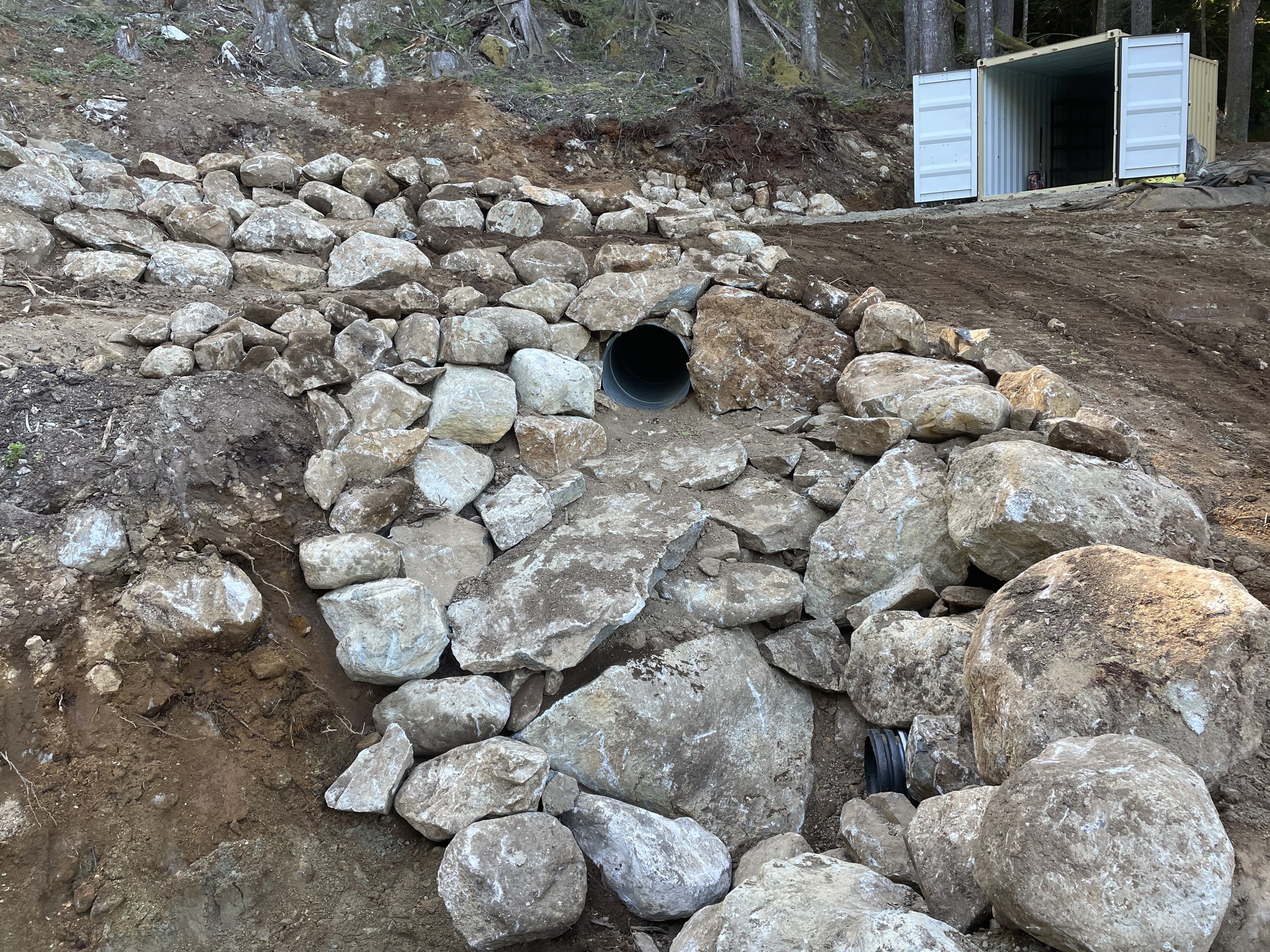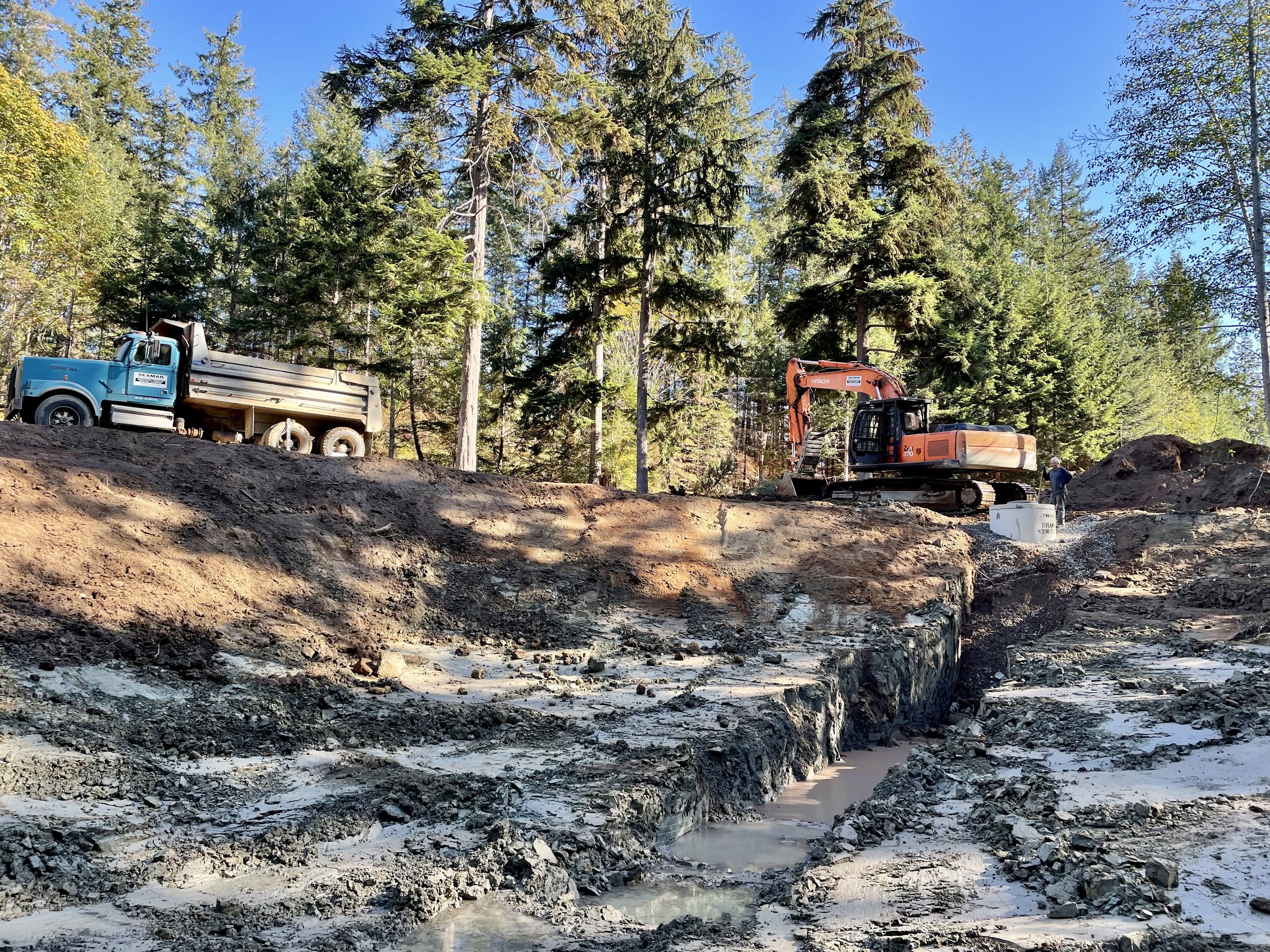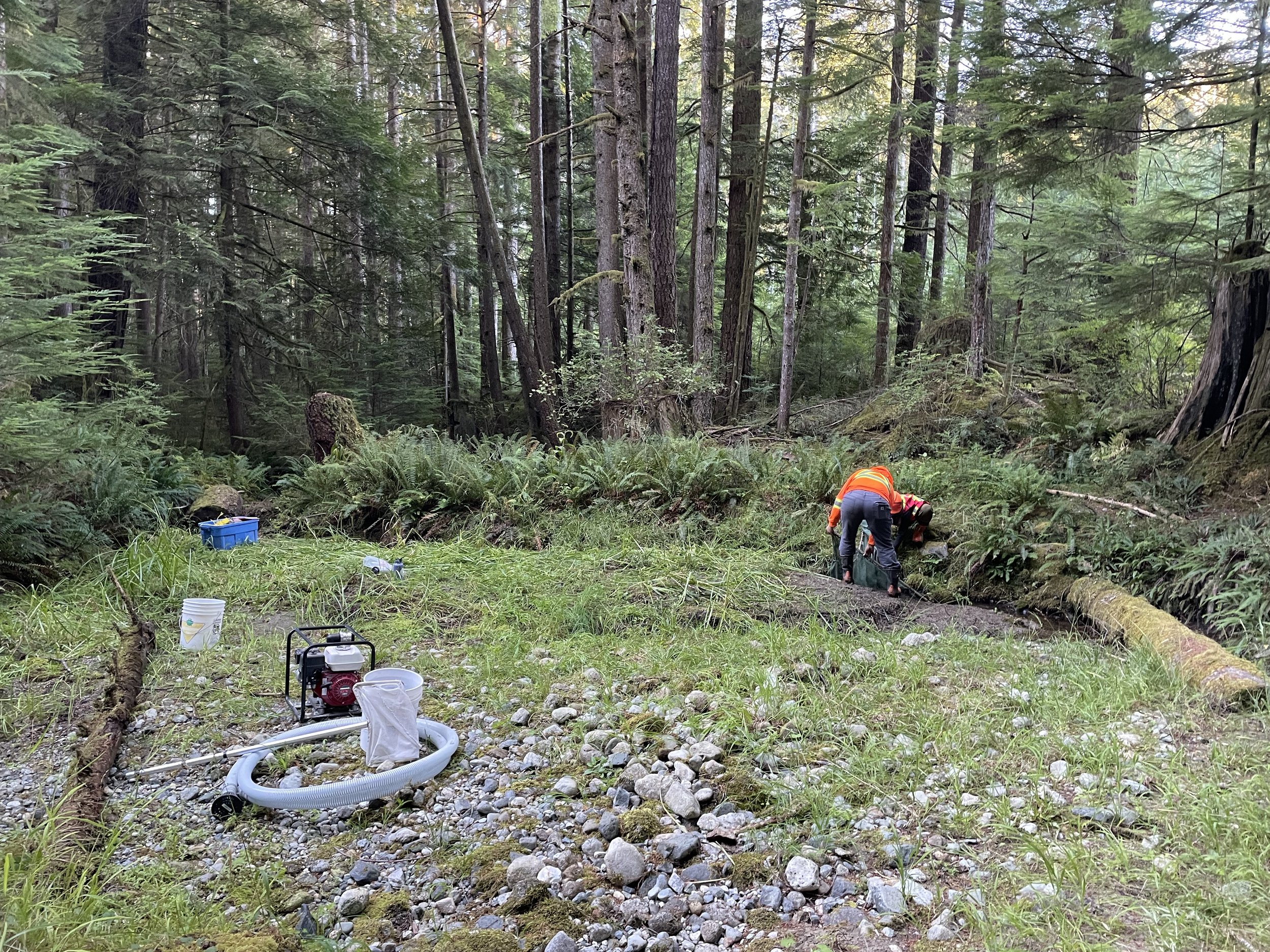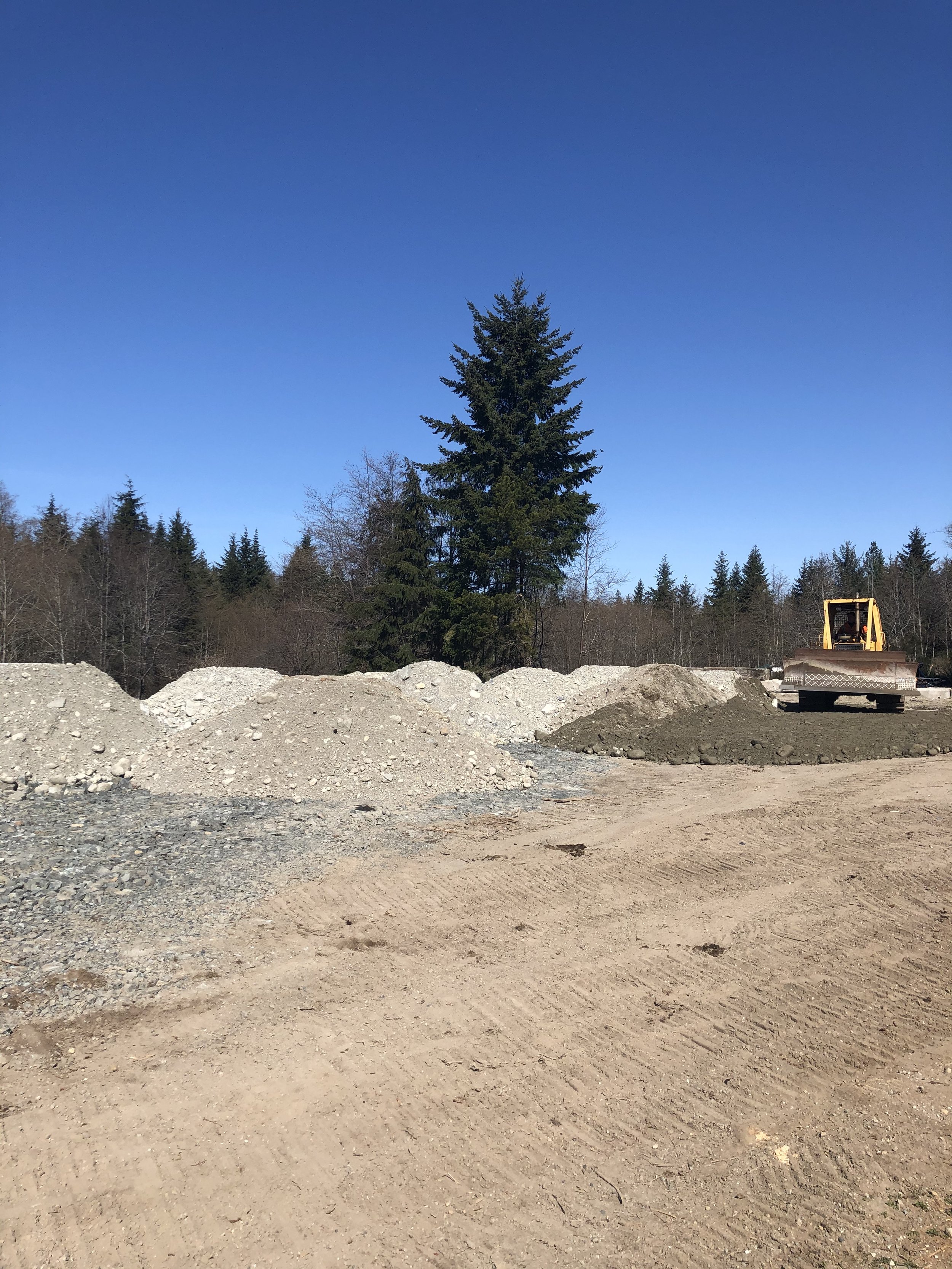-
Water, the essence of life itself, urges us to consider how we can make the most of this invaluable resource. At the core of our efforts lies the crucial task of developing solutions for capturing, storing, redirecting, and allowing rainwater and runoff too soak into the earth. This multifaceted approach not only nurtures soil health but also sustains flourishing crops, combats erosion, mitigates drought, and, importantly, curtails or eliminates the need for additional irrigation.
-
Proactive wildfire mitigation strategies are paramount in the stewardship of natural landscapes. Selective forest thinning, brushing, land clearing, and cleanup efforts are crucial components of this approach. They involve the meticulous removal of dry brush, deadwood, and excess vegetation to create firebreaks and reduce fuel loads, similar to tidying up our environment to prevent hazards. This not only helps protect homes and communities from devastating wildfires but also fosters a healthier forest ecosystem. By striking a balance between land management and wildfire prevention, we uphold the delicate equilibrium between human habitation and the natural world, ensuring safer, more resilient environments for all.
-
Embracing the practice of excavating ponds for water management and ecological enrichment involves strategically designed excavations that serve as both rainwater reservoirs and vibrant ecosystems. These ponds capture and store rainwater, replenishing aquifers and ensuring a consistent water supply for the landscape while also fostering rich biodiversity. Ponds symbolize the harmonious integration of water management and ecological restoration, bridging human intervention with the natural world.
-
In the holistic realm of sustainable land management, several practices converge to restore and enhance ecosystems. These strategies, ranging from water harvesting and soil enrichment through techniques like hugelkultur, to wildfire mitigation via forest thinning and land clearing, create a harmonious synergy between human intervention and the natural world. By thoughtfully shaping the land, we capture and utilize rainwater while promoting robust plant growth. Incorporating woody debris from land shaping and pond digging into hugelkultur enriches the soil, aiding in nutrient cycling and carbon sequestration. Furthermore, our careful approach to wildfire mitigation not only protects communities but also revitalizes forest ecosystems. These practices exemplify the profound connection between land, water, soil, and vegetation, fostering resilience, biodiversity, and a more sustainable future for both people and nature
-
Promoting soil health and enhancement is fundamental to sustainable land management. Practices such as cover cropping, composting, and hugelkultur, which involves using woody debris from land shaping and pond digging, enrich the soil by providing vital nutrients and organic matter. This nurtures a thriving underground ecosystem, fostering robust plant growth and resilience while improving soil structure and carbon sequestration. This intricate interplay between land, water, and soil forms the foundation of regenerative agriculture and a more sustainable future.
-
We specialize in earthworks that reshape landscapes for water management, soil health, and ecological enrichment. Our commitment extends to greenhouse construction, fostering sustainable food production. Whether it's creating water catchments, implementing hugelkultur, or building resilient greenhouses, our services are designed to fortify your land, protect against wildfires, and ensure food security. Join us in transforming your environment and building a greener, more sustainable future.






